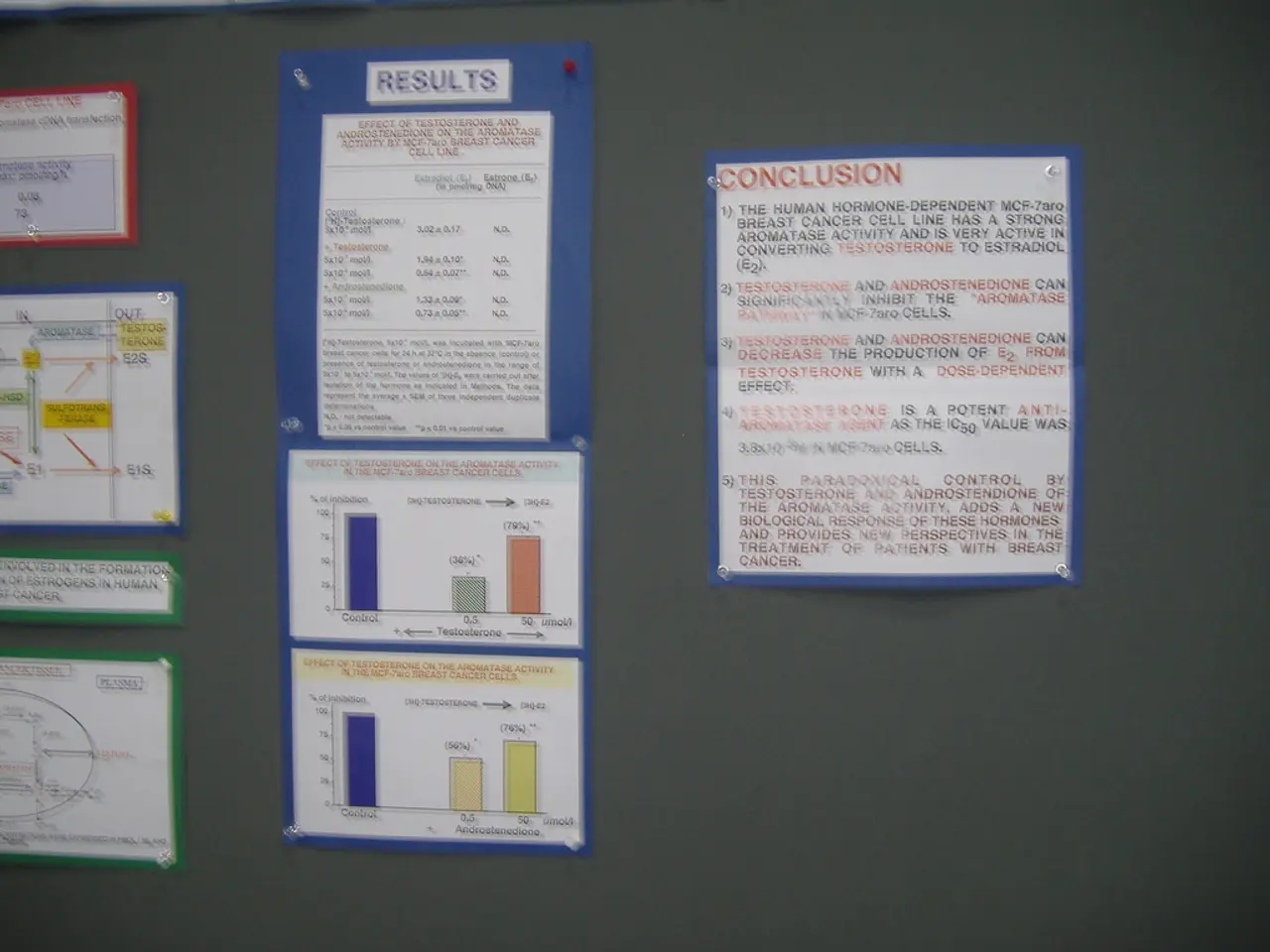Tips for Examining and Enhancing the Climate within Your Business Entity
In today's dynamic business environment, the importance of a strong and healthy workplace culture cannot be overstated. A positive culture fosters clarity, provides a sense of identity and shared purpose, but can shift during times of growth, turnover, or change.
According to Jacob Kupietzky, President of HealthCare Transformation, evaluating organizational culture effectively involves a combination of quantitative and qualitative tools. These methods help analyze alignment with organizational values, behavioral norms, leadership approaches, and employee experiences, providing a comprehensive understanding of the culture. Tools such as the Organizational Culture Assessment Instrument (OCAI), employee engagement and pulse surveys, 360-degree feedback, focus groups, interviews, culture walks, exit interviews, and feedback channels are all valuable in this process.
Improving organizational culture, however, is an ongoing effort. Key strategies include starting with a clear alignment between the company’s purpose, mission, and values. This ensures that the culture reflects these foundational elements. Evaluating the existing culture by analysing metrics such as absenteeism, retention, engagement surveys, and external feedback (e.g., Glassdoor reviews) helps identify strengths and weaknesses, including issues like burnout and low engagement.
Aligning leadership and communication is another crucial factor. Leaders should be authentic, accessible, transparent, and actively seek and incorporate employee feedback, fostering trust and open dialogue. Developing and executing an action plan based on cultural assessment data, focusing on key culture dimensions such as clarity of expectations, compassion, collaboration, and consequence, helps drive sustainable cultural change.
Maintaining continuous cultural improvement is essential. This can be achieved through ongoing measurement using diverse methods like surveys, social network analysis, manager feedback, and culture audits to monitor progress and adjust initiatives as needed.
Creating opportunities for open communication among team members can foster a stronger workplace culture. Regularly assessing the health of the organization's culture is a critical exercise to better support employees and strengthen the organization's impact.
Investing in employee growth can have a positive ripple effect on morale and performance. Investing in professional development sends a message that the organization believes in the future of its employees. Regular recognition of contributions can help employees feel seen and valued.
Culture isn't a one-time effort; it requires consistent actions and routinely assessing its health to ensure it's on track. Exit interviews can provide insight into the reasons behind employee turnover, such as feelings of unsupportiveness or undervaluation.
A strong workplace culture can be a significant factor in hiring and retention, especially during challenging times in various industries. A report from the Society for Human Resource Management (SHRM) states that employees who view their workplace culture positively are nearly four times more likely to stay with their current employer.
In conclusion, the most effective approach combines a thorough initial assessment—preferably blending tools like the OCAI and qualitative methods—with leadership alignment and continuous feedback loops to drive sustainable cultural change. The Forbes Business Council, a growth and networking organization for business owners and leaders, can provide valuable resources and insights for those seeking to improve their organization's culture.
Jacob Kupietzky, President of HealthCare Transformation, employs a combination of quantitative and qualitative tools to evaluate organizational culture effectively, focusing on leadership approaches and employee experiences. Improving the organizational culture requires aligning it with the company's purpose, mission, and values, followed by continuous efforts in maintaining and enhancing it through feedback loops and employee development.




